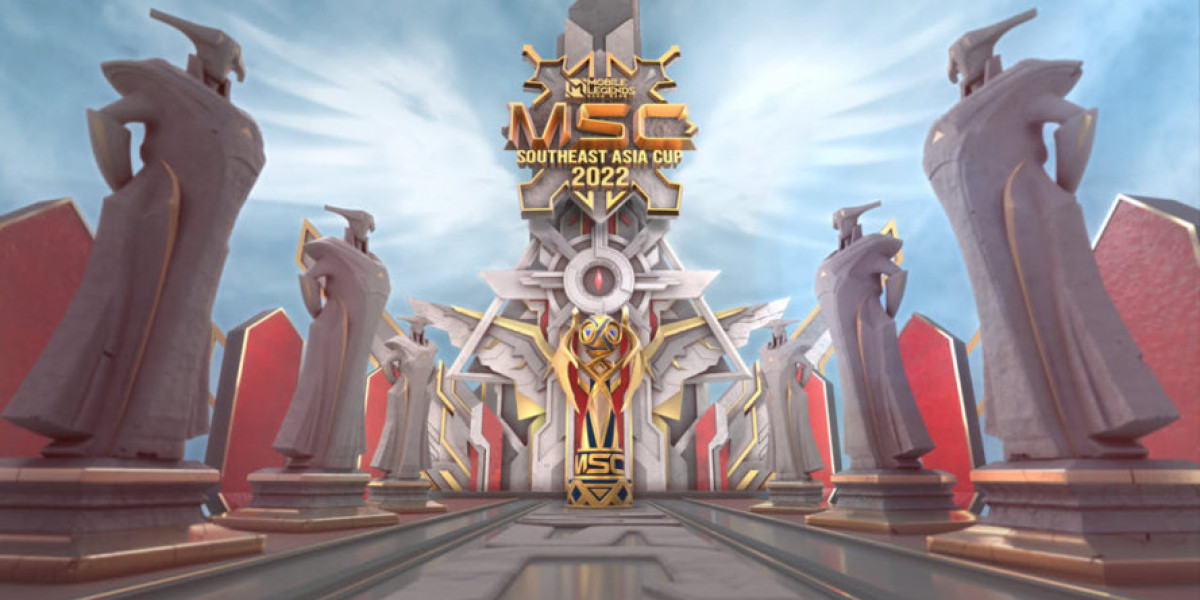Introduction
Speed networking events have become increasingly popular as an efficient way to make multiple professional connections in a limited time frame. As technology continues to evolve, the traditional paper business card exchange is being challenged by digital alternatives. This comprehensive analysis explores the viability and effectiveness of using digital business cards in speed networking events, examining both the opportunities and challenges this modern approach presents.
Understanding Digital Business Cards
Digital business cards, also known as electronic or virtual business cards, are modern alternatives to traditional paper cards that store and share contact information electronically. These digital solutions have evolved significantly over the past decade, offering various formats and features that extend far beyond the capabilities of their paper counterparts.
Types of Digital Business Cards
Digital business cards come in several formats, each with its own advantages. QR code-based cards allow quick scanning using smartphone cameras. NFC-enabled cards can transfer information with a simple tap between devices. App-based solutions offer comprehensive contact management systems, while some platforms provide simple URL-based cards that can be accessed through web browsers.
Key Features and Benefits
Modern digital business cards offer dynamic features such as direct social media links, embedded portfolios, instant messaging capabilities, and real-time updates. They can include multimedia elements like videos, audio messages, and interactive presentations, making them more engaging and informative than traditional cards.
Speed Networking Events: An Overview
Speed networking events typically involve participants engaging in brief, timed conversations with multiple potential contacts. These events are structured to maximize the number of meaningful connections made in a short period, usually allowing 2-5 minutes per interaction.
Traditional Format and Challenges
The conventional approach to speed networking involves quick introductions followed by business card exchanges. This method, while familiar, presents several challenges: running out of cards, managing collected cards, and the time spent physically exchanging cards that could be better used for conversation.
The Need for Modern Solutions
As businesses increasingly embrace digital transformation, there's a growing need for networking solutions that align with modern professional practices. Digital business cards address many traditional pain points while offering enhanced functionality that better serves today's networking needs.
Implementing Digital Business Cards in Speed Networking
Successfully incorporating digital business cards into speed networking events requires careful consideration of various factors to ensure smooth operation and maximum benefit for all participants.
Technical Requirements
Basic technical requirements include:
Reliable internet connectivity or cellular data
Compatible devices (smartphones or tablets)
Appropriate digital business card platforms or apps
Backup power solutions for devices
QR code readers or NFC capability when applicable
Exchange Methods
Digital business cards can be exchanged through various methods during speed networking events. These include QR code scanning, NFC tapping, email sharing, or direct platform-to-platform transfers. Event organizers should establish and communicate preferred exchange methods to ensure consistency and efficiency.
Best Practices
Implementing clear guidelines and best practices helps ensure smooth digital card exchanges. This includes setting up testing stations, providing technical support, and establishing backup systems for participants who may experience technical difficulties.
Advantages of Digital Business Cards in Speed Networking
Digital business cards offer numerous advantages that make them particularly suitable for speed networking environments.
Time Efficiency
Digital exchanges can be completed in seconds, allowing participants to focus more on meaningful conversation and less on the mechanics of information exchange. The ability to quickly share contact details means more time for building rapport and discussing potential opportunities.
Environmental Impact
By eliminating the need for paper cards, digital solutions significantly reduce the environmental impact of networking events. This aligns with many organizations' sustainability goals and appeals to environmentally conscious professionals.
Data Management
Digital cards enable immediate organization and categorization of contacts. Users can add notes, tags, and follow-up reminders directly within their digital contact management systems, making post-event follow-up more efficient and effective.
Follow-up Capabilities
Built-in features often include one-click follow-up options, direct messaging capabilities, and calendar integration for scheduling future meetings. This streamlines the post-event networking process and increases the likelihood of meaningful ongoing connections.
Potential Challenges and Solutions
While digital business cards offer many advantages, several challenges need to be addressed for successful implementation in speed networking events.
Technical Considerations
Potential technical issues include:
Device compatibility problems
Network connectivity issues
Battery life concerns
Platform interoperability challenges
Solutions involve providing technical support staff, ensuring adequate charging stations, and maintaining backup internet connections.
User Adoption
Not all participants may be comfortable with digital solutions. Organizers can address this by:
Providing pre-event training materials
Offering on-site assistance
Maintaining traditional card options as backup
Creating user-friendly instruction guides
Backup Solutions
Having contingency plans is crucial. This might include:
Providing temporary paper cards
Setting up dedicated help desks
Having spare devices available
Maintaining offline contact sharing options
Best Platforms and Tools
Several digital business card platforms have emerged as leaders in the field, each offering unique features and benefits for speed networking applications.
Popular Digital Business Card Solutions
Leading platforms often provide:
Cross-platform compatibility
Multiple sharing options
Customization capabilities
Analytics and tracking features
Integration with common CRM systems
Integration Capabilities
The best platforms offer seamless integration with:
Popular CRM systems
Calendar applications
Email platforms
Social media networks
Professional networking sites
Future Trends and Developments
The digital business card landscape continues to evolve, with emerging technologies shaping future developments. Anticipated trends include:
Augmented reality business cards
AI-powered networking recommendations
Blockchain-verified credentials
Enhanced privacy and security features
Improved cross-platform compatibility
Tips for Successful Implementation
To maximize the effectiveness of digital business cards in speed networking events, consider the following recommendations:
Provide clear instructions to all participants before the event
Ensure adequate technical support is available
Test all systems thoroughly before the event
Have backup solutions readily available
Gather feedback for continuous improvement
Consider hybrid approaches during the transition period
Focus on user experience and simplicity
Maintain strong privacy and data security measures
Conclusion
Digital business cards can indeed be effectively used in speed networking events, offering numerous advantages over traditional paper cards. While there are challenges to consider, proper planning and implementation can address these issues, resulting in more efficient and productive networking experiences. As technology continues to advance and user adoption increases, digital business cards are likely to become the standard for professional networking events.
The key to successful implementation lies in careful planning, proper technical support, and maintaining flexible solutions that accommodate varying levels of technical proficiency among participants. By embracing digital business cards while being mindful of potential challenges, organizations can create more efficient, sustainable, and productive speed networking events that better serve the needs of modern professionals.









